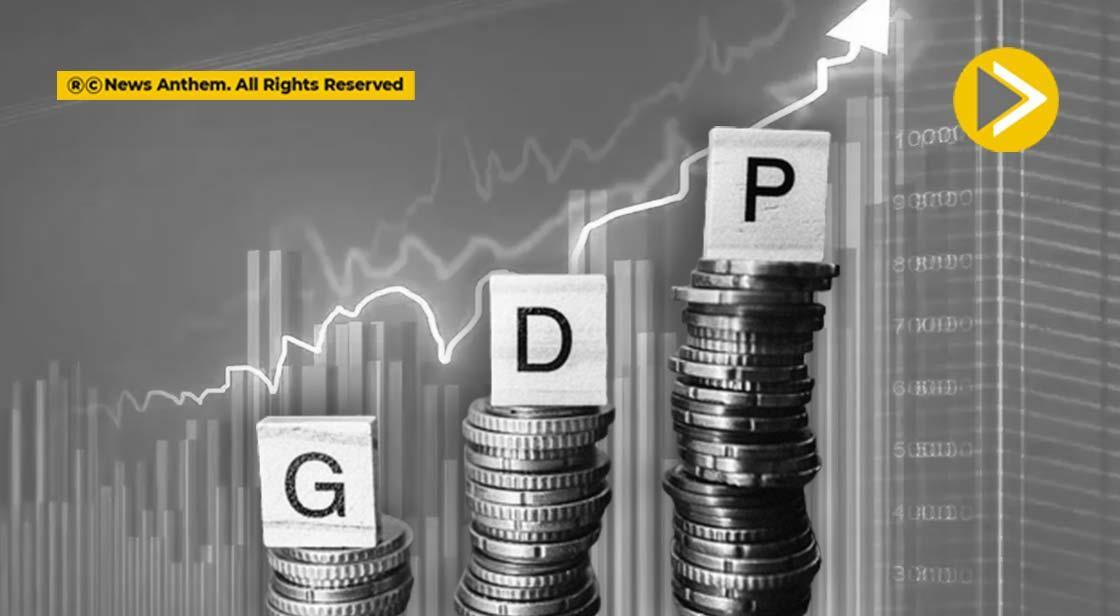India's Digital Economy to Contribute 20% of GDP by 2030: MeitY Report

News Synopsis
India's digital economy is on a strong growth trajectory, expected to contribute nearly 20% of the country’s GDP by 2030. This insight comes from a recent report published by the Ministry of Electronics and Information Technology (MeitY), titled Estimation and Measurement of India’s Digital Economy. The report underscores the transformative role of digital technologies in reshaping the Indian economy and highlights the impressive pace at which the sector is expanding.
Digital Economy's Current Contribution to India’s GDP
In the fiscal year 2022-23, India’s digital sector contributed 11.74% of the national income, totaling ₹31.64 lakh crore (around USD 402 billion). This substantial figure reflects the growing impact of digital technologies on India’s economic output, with the digital economy driving increased productivity and fostering new business opportunities across multiple sectors.
A Global First: India’s Comprehensive Digital Economy Evaluation
The MeitY report presents a pioneering analysis, positioning India as one of the first developing nations to undertake such an extensive evaluation of its digital economy. The study incorporates international frameworks from the Organisation for Economic Cooperation and Development (OECD) and the Asian Development Bank (ADB), making it a comprehensive and globally relevant assessment. India now stands among a select group of nations that are exploring the true scale of their digital economies through a nuanced approach.
Key Sectors Driving India’s Digital Growth
India’s digital economy is not limited to core sectors like ICT services, telecommunications, and electronics manufacturing. The MeitY report broadens the scope by including traditional industries such as banking, financial services, insurance (BFSI), trade, and education, which are becoming increasingly digitalized. The inclusion of these sectors allows for a clearer picture of how digital technologies are pervading every aspect of the economy.
Contribution of Digital-Enabled and Emerging Industries
The report also reveals the diverse contributions from various sectors within the digital economy:
-
Digital-enabling industries such as infrastructure and support services contributed the largest share to the Gross Value Added (GVA) at 7.83%.
-
Emerging digital industries, such as tech platforms and online services, accounted for 2% of the national income.
-
The digitalization of traditional sectors like BFSI, trade, and education also made a significant impact, contributing another 2% to GVA.
This broader spread of digital technologies beyond traditional IT sectors signals a deeper integration of digital practices in the wider economy, setting the stage for further growth and expansion.
Employment Opportunities in the Digital Economy
The digital economy is also becoming a major driver of employment in India. In 2022-23, the sector supported 14.67 million jobs, representing 2.55% of the country’s total workforce. This reflects the growing demand for digital skills across industries, from tech giants to traditional companies embracing digital transformation. The employment potential of this sector is expected to rise in the coming years, supporting India's goal of becoming a global digital leader.
Future Projections: Double the Growth Rate of Overall Economy
Looking ahead, India’s digital economy is projected to grow at nearly double the rate of the overall economy. This growth will largely stem from the increasing digitalization of traditional industries, the expansion of digital platforms, and the continued rise of intermediary services that connect businesses and consumers in innovative ways.
However, the report acknowledges that its findings might be conservative due to gaps in data, particularly in industries such as health, logistics, and smaller digital platforms. These sectors are likely contributing more to the digital economy than current data shows, which means that the actual growth could surpass expectations.
Conclusion
India’s digital economy is set to become a cornerstone of the country’s growth strategy, contributing a significant portion to its GDP and offering vast employment opportunities. The MeitY report highlights the ongoing transformation of sectors across India, with digital technologies driving productivity and new business models. The continued growth of this sector will not only fuel India’s economy but also position it as a leader in the global digital landscape.
You May Like









